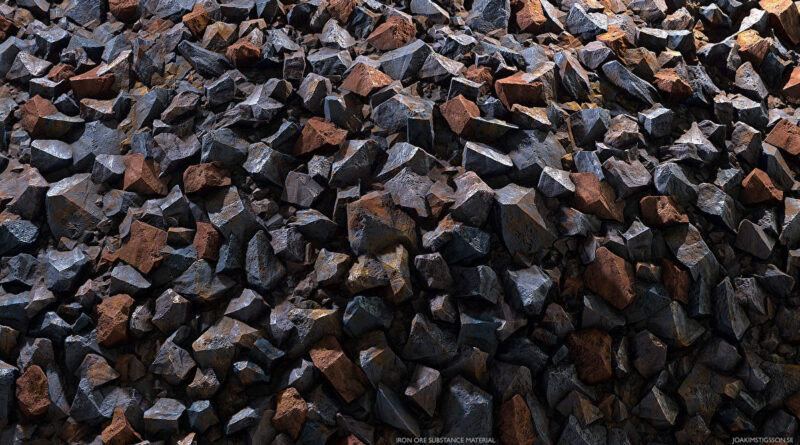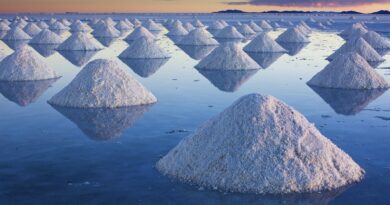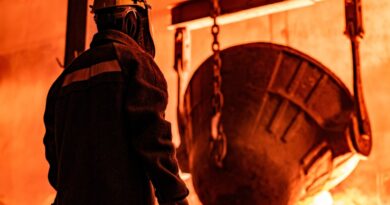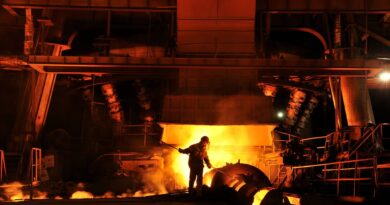Vale iron ore production insufficient amid tight steelmaking markets
Vale SA produced less iron ore than the market expected last quarter because of big problems at a new plant in a fresh blow to an already tight global market for iron ore. The Brazilian mining giant dug out 75.7 million metric tons in the second quarter compared with the 78 million-ton average estimate among analysts tracked by Bloomberg.
Vale’s tries to expand and beat the No. 1 producer title it lost to Rio Tinto Group. Rio Tinto has reported suppliers were struggling to meet demand.
The world’s second-largest iron producer was held back by disruptions caused by the installation of a crusher plant at its S11D complex in the country’s north. Vale also said it had pushed back resumption dates at other operations due to slower-than-expected permitting and extra work to increase dam safety.
The company’s effort hit a slump in June when it was ordered to restrict operations at its Timbopeba complex amid concerns surrounding the stability of another dam. The partial resumption of Timbopeba in the first quarter had helped push up Vale’s output.
Still, Timbopeba delivered a better performance thanks to the commissioning of the three additional wet-processing lines in March. Vale believed a driver-less train solution at the complex is performing well.
In its production report, Vale upheld its full-year guidance of 315 million to 335 million tons and said it attained annual output capacity of 330 million tons. Vale expects to reach 350 million tons capacity by year-end and 400 million tons by the end of 2022.
However, quarterly iron ore sales lagged production, materialising in at 67.2 million tons. BHP Group stated a 12% increase in quarterly shipments. Rio Tinto mentioned last week that its exports fell 2% on the previous quarter and indicated annual exports could come in at the low forecast levels, partway because of rainier-than-normal weather.




